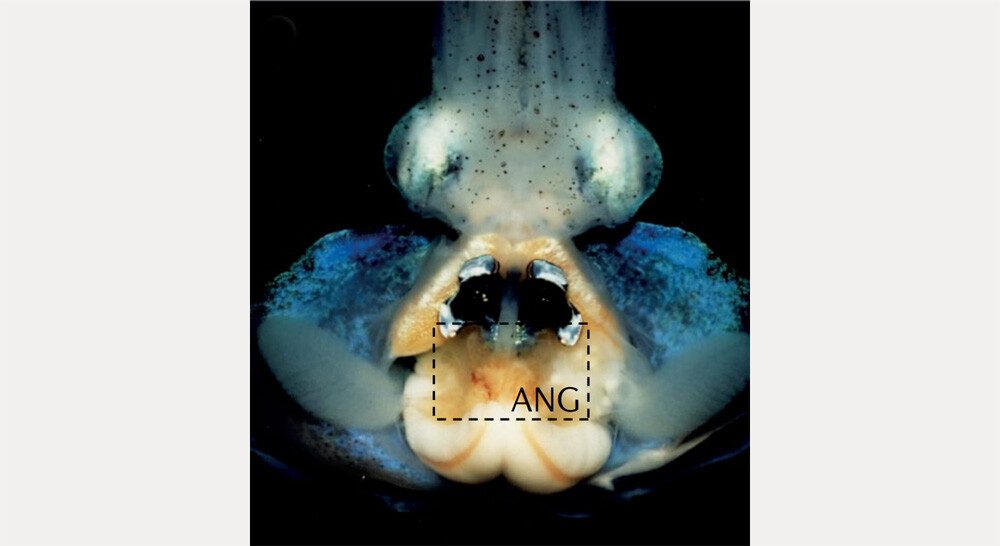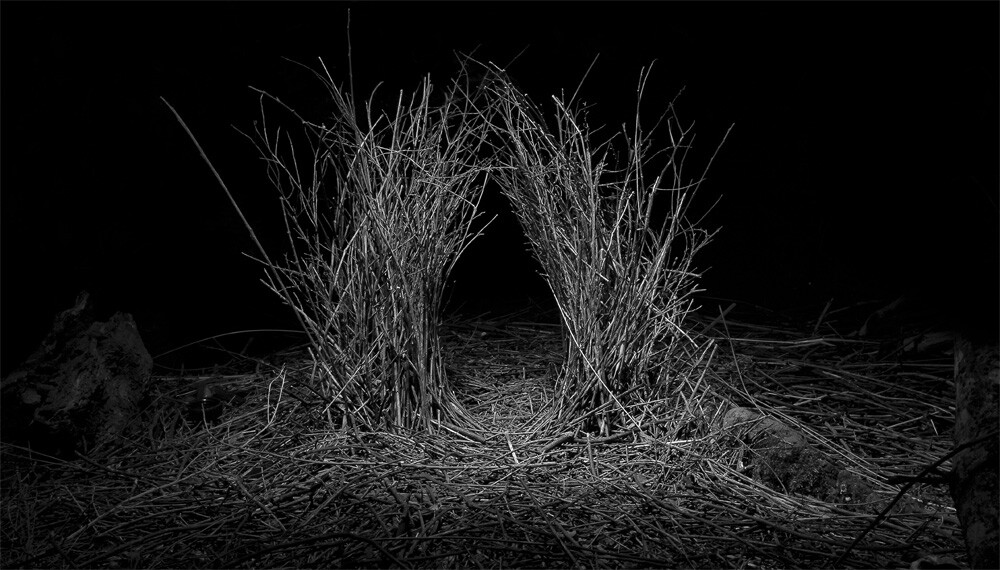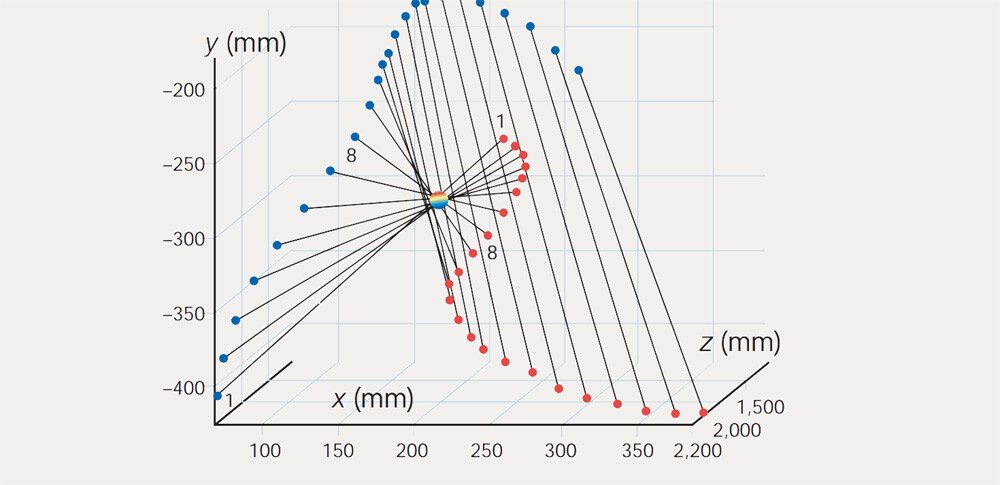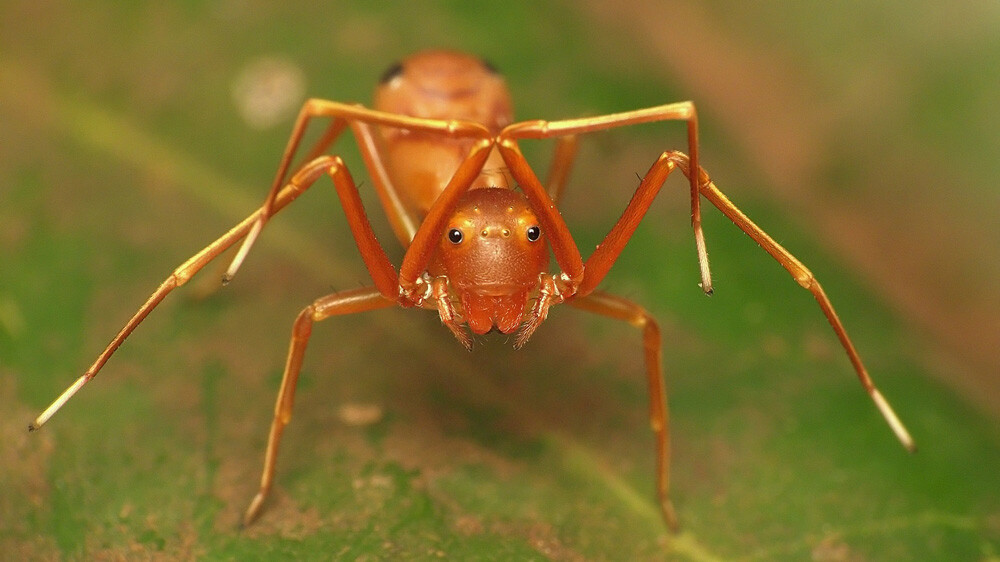Animals evolved to look the way they do for two reasons: to be seen, and to not be seen. They sometimes want to be seen as sexy, they sometimes want to be seen as terrifying, and they sometimes don’t want to be seen at all.
Just don’t expect them to fulfill these goals using direct means. They turn to visual trickery, forcing us all to grapple with such threats as…
Spiders in Disguise
Don’t Miss
Insects have six legs. Spiders have eight. These are some of the first facts anyone learns about animals, leaving many a kid very excited to know the meaning of the word “arachnid.” So, if you were to see the following little critter with six feet planted on the floor, you’d know you’re looking at an insect. It looks like an ant. That also goes for its eyes, which appear to number just two, rather than the eight eyes spiders have.
It’s not an ant. The animal above is a jumping spider. It has eight legs, as spiders must, but it instinctively holds its frontmost legs up to its head, as though they are an insect’s antennae. Hundreds of species of spider try this same move. We call it myrmecomorphy, the process by which creatures mimic ants.
When a spider looks like an ant, it can sneak up on a real ant undetected and gobble it up before it ever suspects danger. Myrmecomorphy can also prevent the spider from itself being gobbled. An approaching bird might relish the thought of dining on a juicy spider, but it wouldn’t bother chewing on an ant. Ants are gross.
Cloaking With Light
If you live under the sea, and it’s daytime, you know someone is floating directly overhead when they block out light radiating down from above. Shadows spell danger and say it’s time to flee. It could mean a shark is hovering and hungry. Or it could mean a boat. Or it could mean some obstruction that poses no danger at all, but it could mean danger all right, so be glad you’ll notice it.
But you won’t notice if it’s a Hawaiian bobtail squid. When a bobtail squid passes overhead, it casts no shadow because it projects light from its underside. This light isn’t so bright that it sends a spotlight on prey below (which might startle prey as surely as a shadow would). Instead, the level of light matches the light otherwise coming from above, so it’s as though no one’s there at all.

Squid aren’t bioluminescent, exactly. Their own bodies don’t have the power to emit light. But soon after a Hawaiian bobtail squid is born, Vibrio fischeri bacteria approach it and take up residence in a part of its body that we call the light organ. These bacteria are the ones making light, and it’s a symbiotic relationship. The squid gets cloaking tech, and the bacteria can sit tight and get free food for the remainder of the squid’s life.
Birds With Forced Perspective
A lot of animals put on displays to attract mates, and these displays don’t mean anything. They don’t really mean the peacocking male is healthier or hardier or otherwise will be a better mate. The male just manages to do something that attracts the female, and the genes for both doing this dumb thing and liking this dumb thing are passed on to the next generation.
For bowerbirds, this display is called a bower. It’s a structure the male makes from twigs and decorates with adornments like pebbles. The couple don’t live in the bower or lay eggs there. It exists only for courtship.

The bigger the bower, the better, for arbitrary bird reasons. And the male sometimes has a trick to make his bower look bigger. He may place large stones in front and smaller stones in the back. This creates the illusion that the farther stones are small due to being far away, which must mean the bower runs very deep indeed.
Wow, the female sure would feel cheated if she knew the truth. Instead of passing on the genes for making big bowers, which will attract mates, the couple will now merely pass on the genes for making seemingly big bowers, which will also attract mates.
The Art of Motion Camouflage
Insects have compound eyes, which are great at sensing motion, even if they’re not so great at taking in fine art. An insect stalking a rival would therefore be wise to appear totally stationary to avoid detection. This is difficult because approaching and attacking requires motion.
Dragonflies adopt a solution called active motion camouflage. That means they move in such a way that their image on the rival dragonfly’s retina is exactly the same as though it didn’t move at all. Sadly, we can’t show this to you, because you don’t have the retina of a dragonfly.
But wait — scientists can still try to show this to you. In the following chart, the red dots represent the movement of one dragonfly in three-dimensional space. The blue dots mark the movement of a second dragonfly shadowing the first. The sphere in the middle marks the common point of intersection of all the lines connecting the two heads.

If the lines intersected at one single point, that would mean the first fly always sees the second one as stationary. The lines don’t quite do this, but it’s pretty close. As for why one fly wants to sneak up on the other, this may have something to do with how dragonflies can be cannibals.
The Assassin Corpse Suit
One branch of insects are literally named “assassin bugs.” That’s how you know they’re experts at theatricality and deception — we don’t need to tell you any more.
But if you want to know more, we’ll go ahead and tell you that the assassin bug sometimes camouflages itself by donning the severed heads of its victims.
The heads act as armor, since a predator snapping at the assassin bug might end up with a mouth of dried ant heads, while the assassin gets to run away free. The heads can make the bug look like a pile of dead ants, which can let it infiltrate an ant nest as surely as a spider in disguise. The heads can also attract live ants. Ants have a habit of picking up their fallen brethren and carting them away (for cleanliness, if not out of mourning). If one approaches an assassin bug to take care of this vital function, it will find itself right in the predator’s clutches.
We encourage you to adopt this same strategy yourself. Go to a graveyard or the nearest morgue, and glue several human heads to your chest and back. “What is wrong with you?” some authority figure will soon say. “I’d better come handle this situation without delay.” Then they will come close. And then they will be yours.
Follow Ryan Menezes on Twitter for more stuff no one should see.

